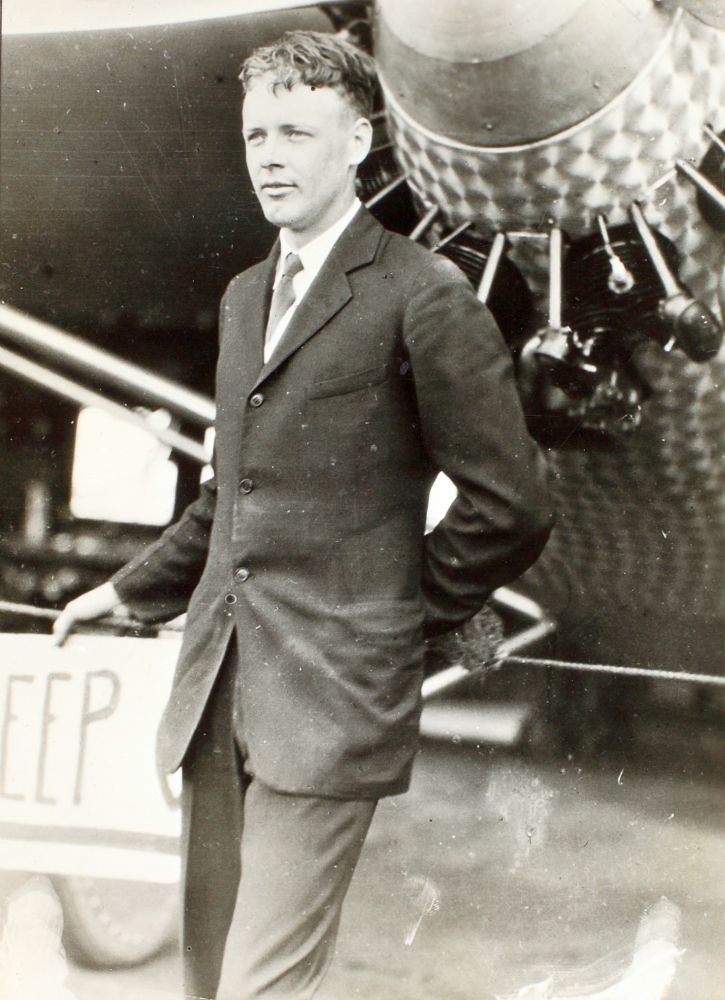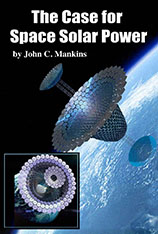100 years. That is how long it has been since humanity has seen a deadly global pandemic.
Early 2020 has provided much of humanity with an abundance of time and solitude to reflect. To assess our current situation. And to think about how we will move ahead with the rest of our lives.
One consequence for me is that I have a new mission to foster human space exploration. More to say about that soon.
Perhaps like you, I have been on a lockdown and quarantine due to the COVID-19 global pandemic. I live in northern California where our governor took some of the most aggressive actions in the United States. My lockdown began essentially on March 17th, 2020. As I write this in the middle of May 2020 we are just starting to relax our lockdown.
For me, this COVID-19 pandemic came at a significant time on a personal level. I reached a big birthday milestone during this quarantine. Please keep reading if you are curious what the number is. As a bonus, you’ll learn its connection to a historic event in the aerospace world.
But first, let’s take a quick look back at what “rocket science” was like during the Spanish Flu pandemic of 1920.
Juan de la Cierva y Cordoniu invented the autogyro in Spain. This was the first successful rotorcraft, preceding the helicopter.

Geoffrey de Havilland started the de Havilland Aircraft Company in London, England.

The Stinson Aircraft Company is founded in Dayton, Ohio in the United States.

Much of this growth of aviation was spurred by World War I in the decade prior. Wars have a tendency to advance technology and innovation, as everyone should know. For better and worse, that is a key attribute of humanity.
But the profit motive, adventure, exploration, and achievement also provide fundamental motivation. Humanity would soon be inspired and uplifted by barnstormers, airshows, and epic aviation breakthroughs in the 1920’s and 1930’s. Kids looked up to heroes and heroines like Charles Lindberg, Amelia Earhart, and Howard Hughes.
Jumping ahead to exactly 50 years ago
… humanity’s destiny seemed to be to explore and live beyond Earth. The Apollo program had succeeded with moon landings, with the first in June 1969. More missions were underway in early 1970.
Overlooked due to our current pandemic crisis, the most dramatic and stressful of these missions happened exactly 50 years ago in April: The Apollo 13 lunar mission. It happened on April 13-17, 1970.


Most Americans were glued to TV and radio for the latest news between NASA and the astronauts. But not everyone. Some people had their own life and death drama that was more pressing.
Imagine a young couple who had just been rewarded with the birth of their first child. Playing with and caring for a newborn infant will tend to keep you away from news in the outside world.
Then imagine if this baby is born with a harmful birth defect. It requires invasive surgery to fix the defect and keep the baby alive. Surgery on infants is very delicate and risky. Remember also that this would be in 1970.
Now these parents have their own stressful life and death uncertainty that is much more personal than some astronauts who – coincidentally – also have to rely on a team of experts to bring them back home safely to live the rest of their lives.
This story happens to be true. Fortunately, it also has a happy ending like the Apollo 13 mission. It turns out that the young couple were my parents. They can barely recall the Apollo 13 crisis happening at the time because I was that baby who was getting that surgery in my first weeks of life.
Hopefully this personal story helps explain why I feel a unique connection with the Apollo 13 mission that happened exactly 50 years ago during our COVID-19 pandemic quarantine. Now you also know what birthday I celebrated!
One half century behind me – one more half century to look ahead!
What will the next 50 years bring for humanity with all forms of “rocket science” in aviation and space exploration?
What about the next 100 years?

For a larger perspective, you should know that 2020 will be seen as a historic year for humanity from an aerospace perspective.
On January 14th, 2020, the first Chief of Space Operations was sworn in under the newly created United States Space Force. This marks the year that the US Space Force became operational.

Will the next 50 years of space exploration be defined by military objectives?
We have to acknowledge that two other countries have significant military space capabilities and motivations: the Russian Federation and China. If any major country is conducting military space activities, it is going to motivate the others to do the same.
Or will the next 50 years of space exploration be driven by peaceful, private industry, and prosperous applications?
Next week (May 27th as I write this), SpaceX is planning to launch its very first manned mission. Two astronauts will be sent to the ISS (International Space Station). Hopefully history will record 2020 as the year that astronauts were first sent to a space station by a private company.
It will also be the first time the USA has sent people into space since the last Space Shuttle flight in 2011. Nine years has been a long wait!
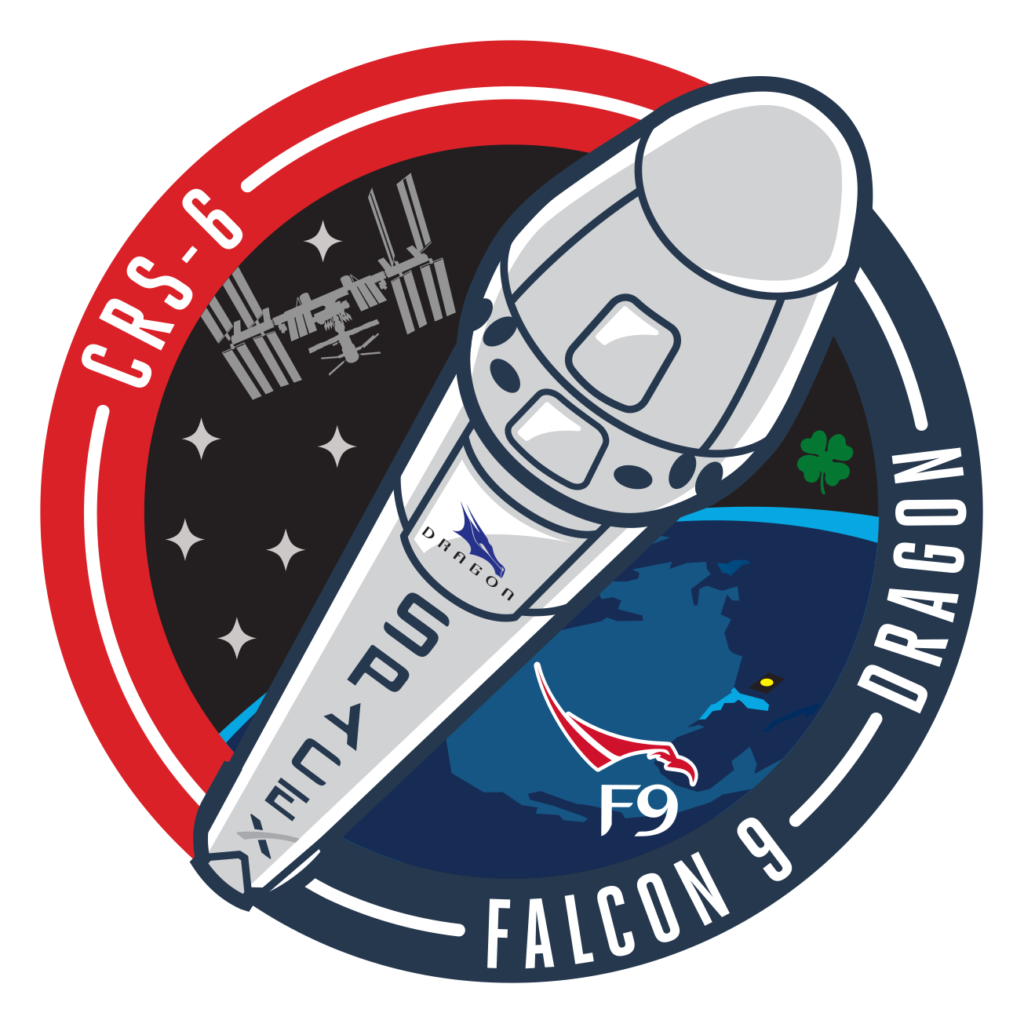
What if humanity’s future path onto the Moon (to stay) and to Mars (to stay) are also driven by peace, adventure, and prosperity?
What if our trajectory towards the stars was for the progress, the benefit, and the advancement of humanity, not its destruction, control, and conquering?
Both military and peaceful intents can be our destiny. Either one is our choice. Either one is 100% in our capacity.
Consider that we have an impressive collection of private companies that are racing to lead the commercialization of space. There are the established aerospace giants like Boeing, Northrop Grumman, Lockheed Martin, United Launch Alliance, Arianespace (in Europe), IHI Corporation (in Japan), and Mitsubishi Heavy Industries (in Japan).
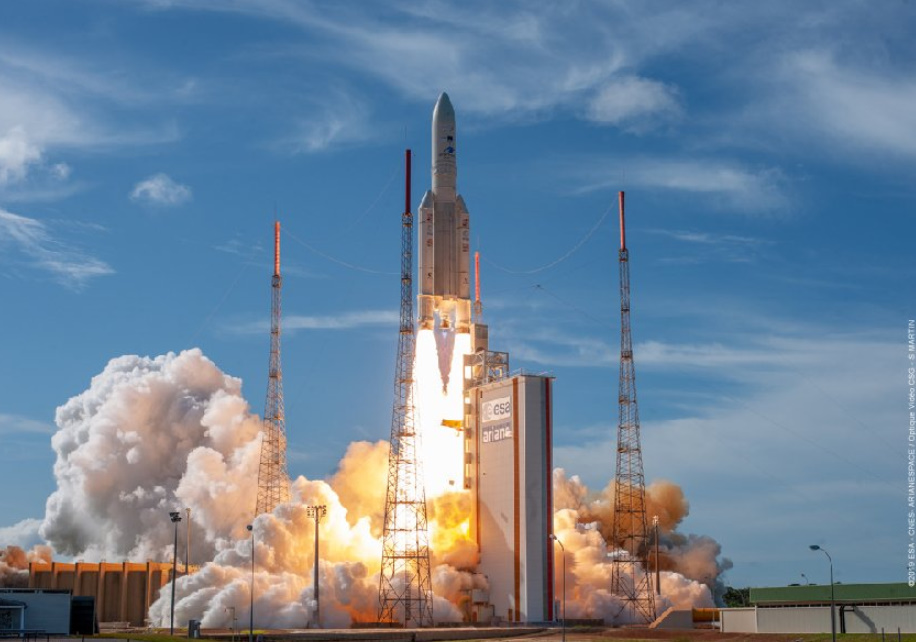
(Personal note – although I worked at Boeing for approximately 15 years, I never had the fortune to work on the space programs directly. I did gain experience on a hypersonic orbital re-entry vehicle with another company. Now during our Corona Virus quarantine I have found a way to maneuver back into the space exploration community. More info ahead.)
We also have the newer entrepreneurial ventures such as Blue Origin, Virgin Galactic, Sierra Nevada Corporation, ConsenSys Space (formerly Planetary Resources), Made In Space, Bigelow Aerospace, and of course SpaceX. They aren’t alone! There are dozens (probably hundreds) of other entrepreneurs and small-medium companies focused on space exploration technologies and markets.
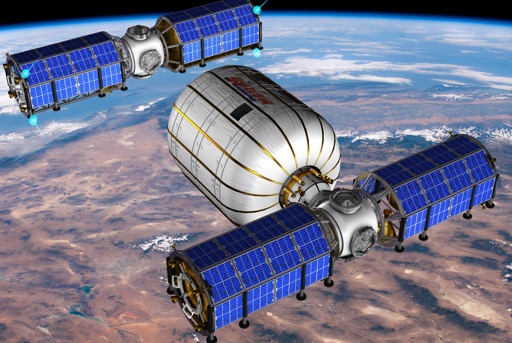
In fact, there are many associations, institutions, and organizations dedicated to advancing the ecosystem for commercial and peaceful development of space, the moon, and beyond.
Some of these organizations are focused specifically on fostering commercial space development. Notable examples are the Space Frontier Foundation, National Space Society, Space Development Foundation, Space Development Steering Committee, Commercial Spaceflight Federation, Space Generation Advisory Council.
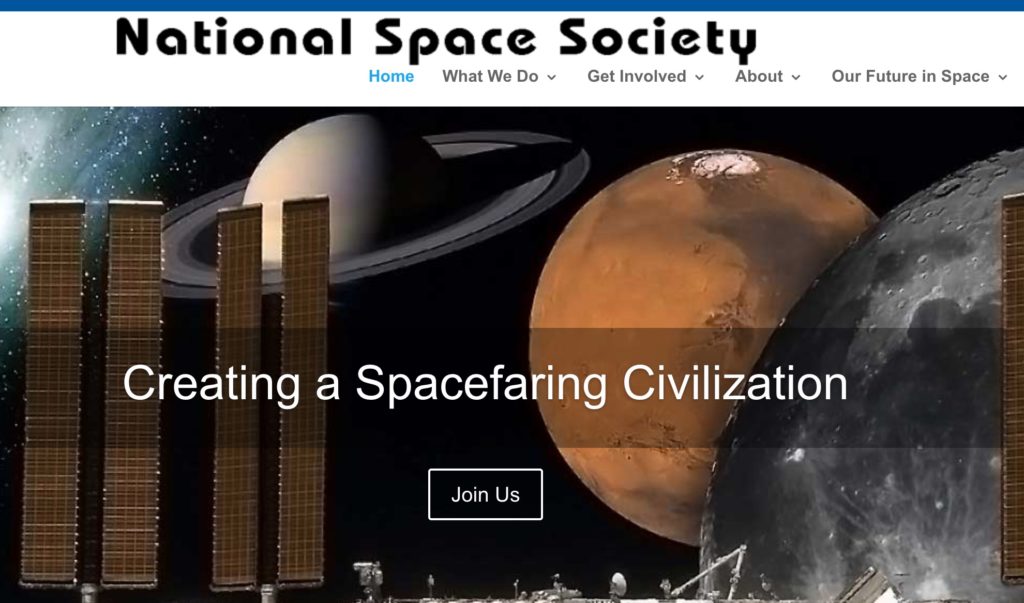
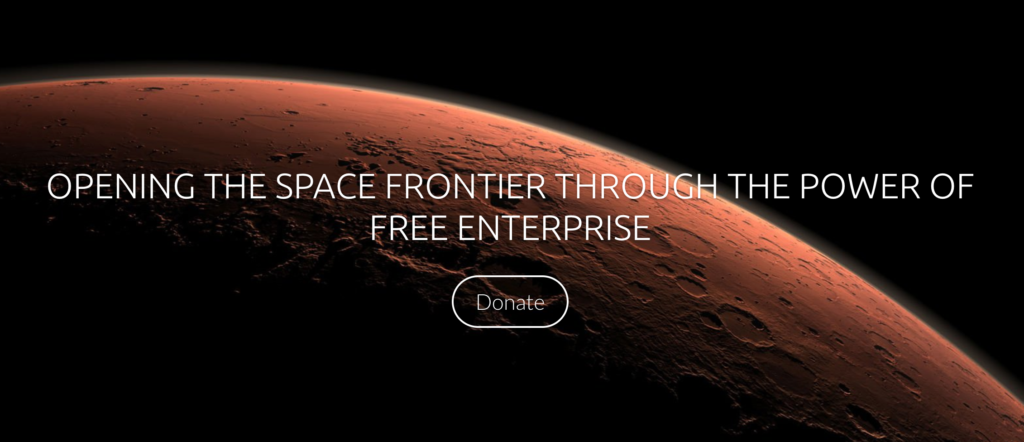
If humans are ever going to learn how to live, work, and explore new worlds, it is painfully obvious to me that our moon needs to be our first and next new “home” away from Earth. Mars is a great aspirational goal. I believe that can – and should – happen eventually. But basic rocket science tells you that it’s much better to launch a long-distance rocket from the moon. The biggest advantage is that it has only 17% the gravitational resistance as Earth. Second, for those people living and working there, it’s a relatively easy and short gravity ride back to Earth if you have to evacuate and return here for any important reason.
Fortunately, there are organizations dedicated to the peaceful and prosperous development of human civilization on the moon. The Moon Society and For All Moonkind are two examples.

To help people gain an education in space sciences, we have a wonderful range of educational institutions that range across the informal to formal spectrum. There are air and space museums like the Smithsonian. There are interactive facilities like Challenger Centers. There are local astronomy clubs and organizations like Astronomy Society of the Pacific. There are education-focused groups like Teachers in Space and SEDS (Students for the Exploration and Development of Space).

Then there are formal educational institutions like colleges and universities with notable aerospace engineering programs. Three leaders there are MIT (Massachusetts Institute of Technology), International Space University, and Purdue University (alma mater of the most US astronauts and also yours truly).
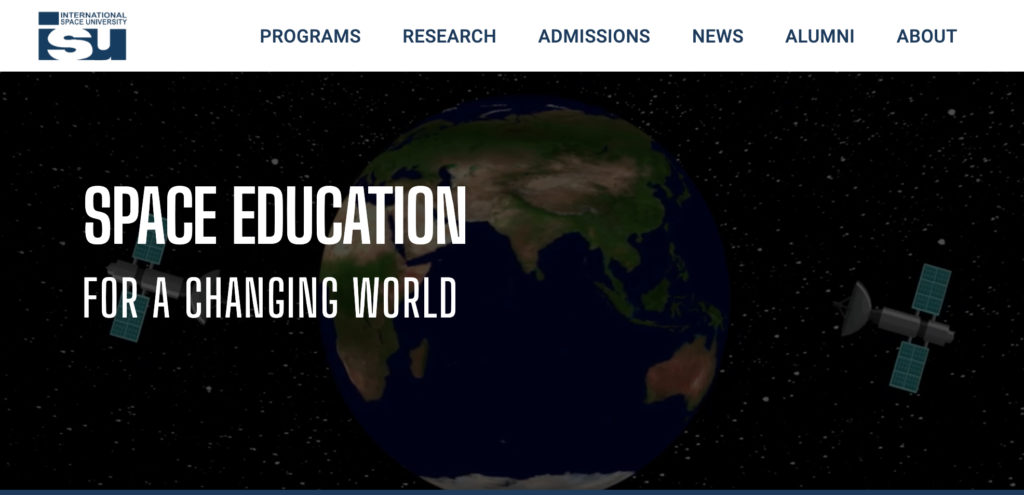
When I was a young adult studying aerospace engineering at Purdue, I would take a break by watching episodes of Star Trek: Next Generation with some friends and dorm neighbors. We would fantasize about a future when humanity knows how to warp space-time to become interstellar travelers and discover other intelligent species that are likely out there.

After making a couple dozen trips around our nearest star since then (intrastellar travel), I’ve concluded that the things holding us back the most are not any science or technology. It is our philosophies, politics, and attitudes.
To say it another way, until we decide to base our societies on the fundamental principles of peaceful coexistence, the value and freedom of every unique individual, and the maximization of human potential – we are going to spend too much of our human capital on self-destruction and self-containment.
More than that, we won’t deserve the future that all of these human space exploration trajectories can bring.
Fortunately, there are also groups dedicated to the philosophy, culture, and leadership required to advance humanity beyond our planet. In this list I would include the Earth Light Foundation / New Worlds Institute, the Secure World Foundation, Space for Humanity, The Long Now Foundation, the CE5 Initiative, The Lifeboat Foundation, Singularity University, and Beyond the Earth.
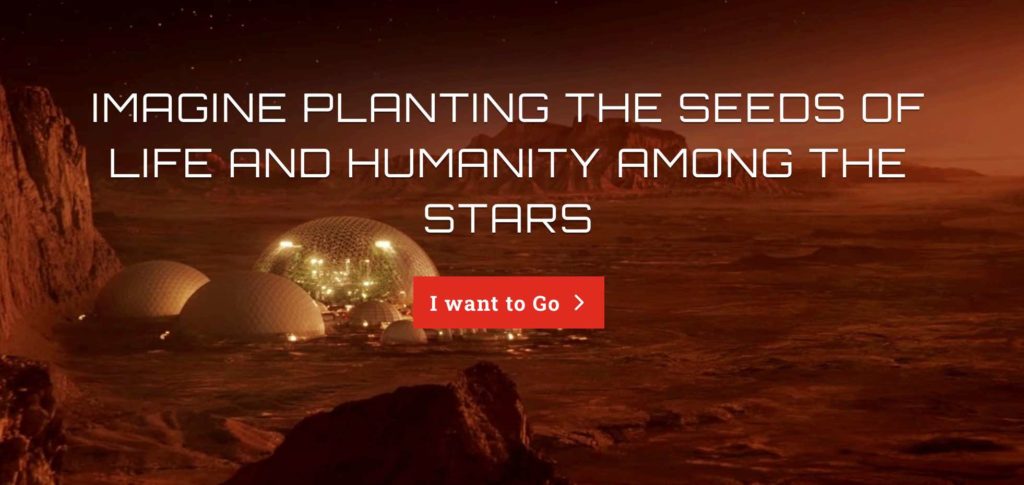
Look again with excitement at this long list of communities and organizations!
It seems overwhelming (and unbeatable) compared to the destructive and dangerous alternatives.
But which path with humanity choose? Which trajectory will define us for the next 50 years?
What about the next 100 years?
With this time to reflect on the next 50 years of my life, I have been thinking about the most positive and unique impact that I might make.
While I’m not ready to reveal all the details, I have found a way to apply my passionate skill stack of aerospace engineering, project management, writing, and book publishing to further the peaceful mission of humanity beyond Earth.
Wouldn’t it be exciting to know that a permanent and peaceful human settlement on the moon is in our future?
The critical barriers and challenges standing in the way to achieve this reality have been identified. But they aren’t what most people assume.
There is also a proven strategy and roadmap to remove those barriers, and to bring enough of the right people together to make this vision a reality. I look forward to sharing more about a long-term project to get humans on the moon – to stay.
It may take another 50-100 years. But however long it takes, it will be worth it. In the confident words of Jean-Luc Picard, let us Make It So!
I hope you have managed to keep everything in perspective during our difficult 100-year pandemic. Maybe you’ve been able to gain a new, more valuable perspective on life and your place in the Universe.
If you are drawn to the vision of humanity living beyond Earth — so that we aren’t at the mercy of a global disaster, as one benefit — please watch this space as we move ahead on our interplanetary destiny.
P.S. If you care about how to benefit from the space industry as an investor, investing experts at Bankrate created this resource: How to Invest in Space.
